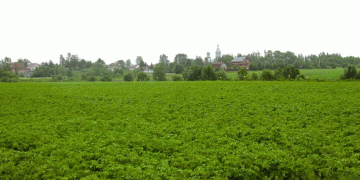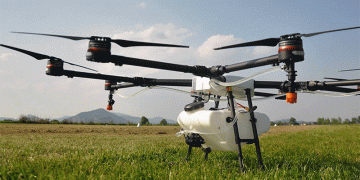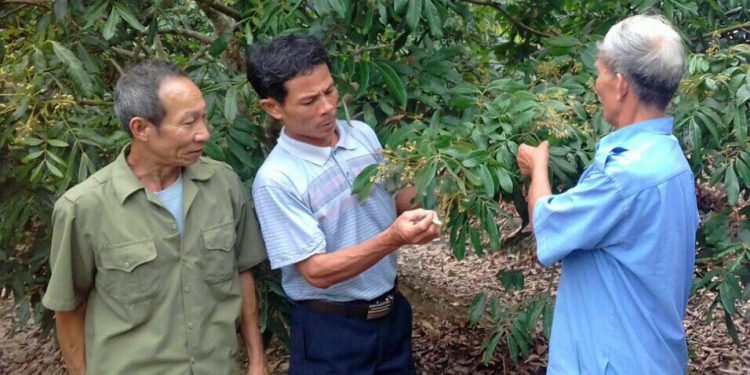In modern agriculture, the excessive use of chemical fertilizers and pesticides poses significant risks to both human health and the environment. Farmers often resort to indiscriminate use of these chemicals, leading to potential dangers such as overdose, lack of technical knowledge and failure to follow safety protocols. Consequently, agricultural products may contain harmful residues that jeopardize consumer health and increase concerns about food safety and environmental pollution.
In response to these challenges, the agricultural sector is exploring alternative approaches to production that prioritize consumer safety and environmental sustainability. Along with enhanced quality control measures for fertilizers and pesticides, concerted efforts are being made to promote responsible use among farmers, expand production facilities that comply with international standards such as VietGAP and GlobalGAP, and integrate new technologies into farming practices.
One such revolutionary advancement is the use of nanotechnology. Nanomaterials, particularly silver and copper nanoparticles, have emerged as powerful tools for controlling pests, reducing fruit drop rates, and minimizing dependence on chemical pesticides. Introduced through pilot programs in lychee orchards in various provinces, nanosolutions have shown promising results in controlling common diseases such as anthracnose, fruit rot and viral infections. Notably, their effectiveness rivals that of traditional chemical treatments while offering additional benefits such as improved nutrient uptake and balanced growth, resulting in healthier plants and higher yields.
Moreover, nano-formulations demonstrate prolonged effectiveness, helping to increase the shelf life of fruits and reduce stress on the crop. Their biocompatibility ensures minimal residual effects, protecting both farm workers and the ecosystem. These characteristics meet the standards set by certifications such as VietGAP, making nanotechnology a viable and sustainable option for lychee and possibly other fruit crops.
Conclusion: As agriculture enters the age of nanotechnology, the trajectory towards sustainable practices is becoming increasingly noticeable. By harnessing the power of nanomaterials, farmers can mitigate environmental impacts, improve food safety and optimize production efficiency. The integration of nanotechnology represents a critical step towards a greener, safer and more sustainable agricultural future.




























